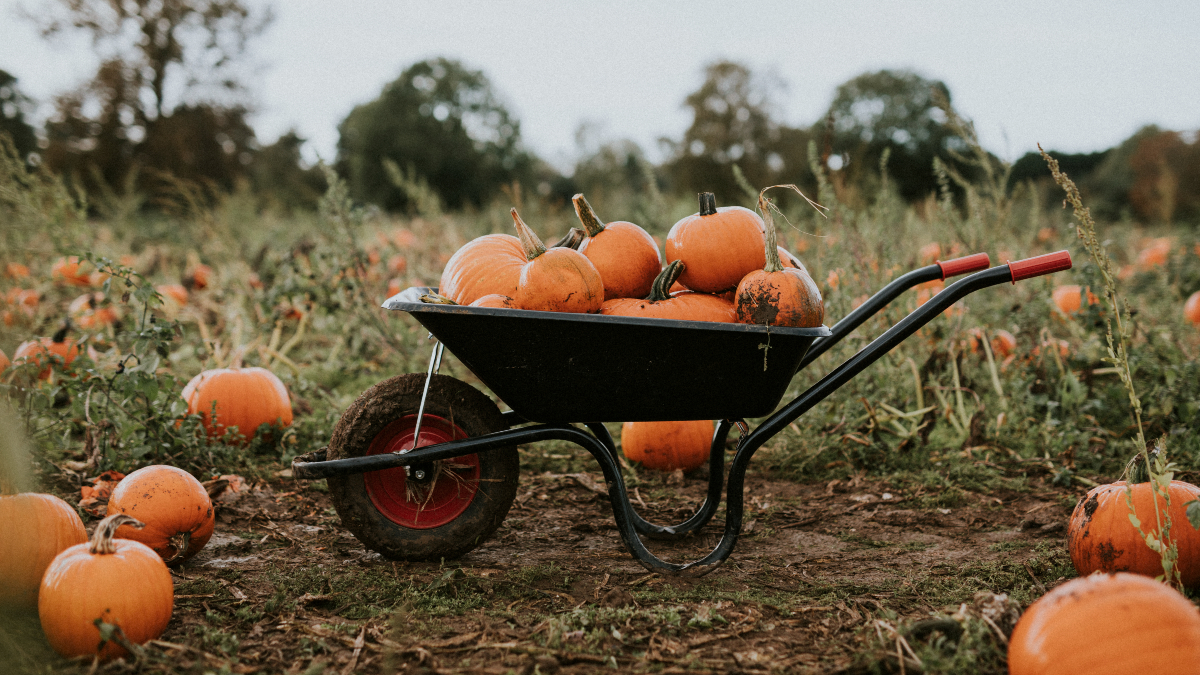
Pumpkin is an easy to grow, popular vegetable crop across all parts of the world that range in size from less than one pound to over a thousand pounds. It is grown the world over for commercial, ornamental and agricultural purposes such as for animal feed. Especially during Halloween, the demand for pumpkins takes a big leap. For instance, pumpkin pie is a traditional part of the Thanksgiving meal in the United States and Canada. Being rich in nutrients, pumpkins consist of wider health benefits such as high antioxidants, good eyesight, fibrous and lower risk of stomach, throat, breast and pancreas cancer.
A profitable farming venture
Cultivation and domestication of pumpkin date back to 5000 BC where even beginners could involve due to the simplicity in handling the crop. Since the market for pumpkin is already established, earning profit from a shorter period is a definite outcome. With a lesser amount of investment, the breakeven could be achieved at a foreseeable short time period. As the promising season for pumpkins arrives with Halloween, it is advisable to plant them around the month of July, hence that the harvest is ready to be sold in plenty for Halloween. Especially as pumpkins yield better in sun, planting them during the summer months generates better results.
How to start a pumpkin business?
Initially selecting an appropriate location is beneficial similar to the cultivation of any crop. Ensure the plot you have selected has a good sandy loam soil rich in organic matter with a balanced pH value between 6 to 7. If you are seeking large-scale pumpkin farming, make sure the land is plowed with the tractor to bring it to a tilth by adding compost or farm manure. Ensure to plant it in the appropriate warm climate, and for farms in Northern areas wait for the frost in the soil to disappear and make it warm. The appropriate drainage system is vital for healthy plant growth. Move on to select the correct pumpkin seeds. Seek advice at this stage and plant them in locations where direct sunlight falls to the plant. Proper farming tools to take care of the plant are important and workers need to be hired during planting and harvest periods. The supply of constant water is another key resource. Take control of your pumpkin patch from pests and diseases such as flies, aphids, thrips, anthracnose, downy mildew, powdery mildew and wilt. Do your registration and acquire the license to do the selling. Secure spots in the local market or through wholesalers and most importantly the word-of-mouth promotion, alongside social media boost, would help you to get your pumpkins sold like hotcakes.
Read industry statistics to get further insights about the market and do your own cost-benefit analysis to assess whether you can pitch low than the plenty of competitors out there. However, competition for a farming business heavily depends on your locality. If there are many pumpkin farmers that grow and supply the vegetables then you need to add a bit of value addition in terms of packaging and processing to stand out amongst those rivals. However, if your area is not dense with many pumpkin farmers, then you would be able to enjoy a monopolistic dominance and sell the raw vegetable without incurring any additional cost on value addition. So, when selecting your plot to cultivate pumpkins, consider the locality and proximity to the market.
Who purchases pumpkin so much?
Pumpkin is used by versatile communities for both commercial and ornamental purposes. First and foremost it is used by direct consumers who use it to make various dishes. Artists and interior designers use pumpkins in their design planning, especially for Halloween when they arrange theme parks and other spooky Halloween settings. They are also used for masks and carve different shapes and sizes whilst applying paint on them to ignite creativity. The variety of dishes you could make from pumpkin are plenty. Be it soups, desserts, bread, pies and cookies, pumpkins are used exclusively by star-class chefs in their versatile dishes.
Ensure to read and follow your competitors well to identify how they add value to these standardized products which may spark you to add your own color for the harvest and get a better value than the market rate. Pumpkin is a vegetable that has demand all throughout the year with an exceptional demand during Halloween, so it is often a profitable niche to invest in with minimal waste as you can transform the vegetable into many different artifacts or dishes to prevent wastage. There are many sole proprietors and private limited entities that have excelled in the pumpkin farming business. Similar to the operation of a normal business, ensure your groundwork in terms of legal clearance, certifications, human resources, finance and marketing. Most importantly present your product as a brand and divert competitor’s client bases towards your unique brand. Even the simplest vegetable such as pumpkin could add greater value to your business if the right creativity is inserted into the product considering the quality aspect as well. Do not just sell the product but add value, thus your business becomes unique amongst many other companies that produce and sell standardized pumpkin products in their local market surroundings being affected by median costs as higher supplies are marking down the prices. Actual value addition could make your business stand strong even in unprecedented times.




